Color Palettes for Minimalist Apartment Design
Chosen theme: Color Palettes for Minimalist Apartment Design. Welcome to a calm, design-forward space where color becomes a tool for clarity. Explore thoughtful palettes, real stories, and practical steps that help your apartment feel lighter, quieter, and unmistakably you. Share your ideas and subscribe for weekly palette inspiration.
The Psychology Behind Minimalist Color Palettes
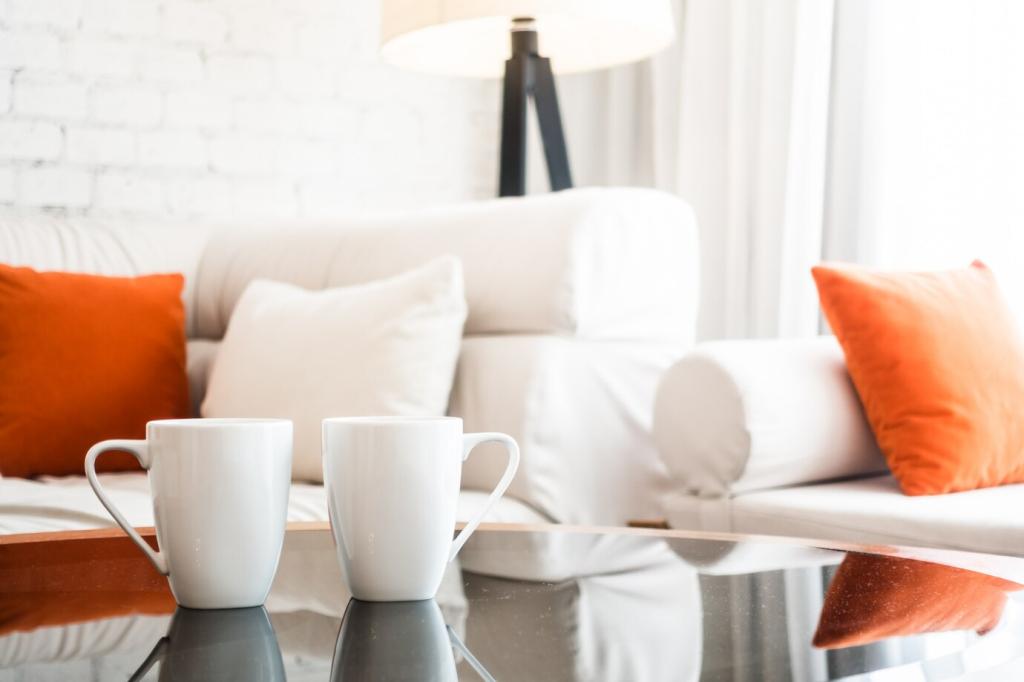
Soft whites, warm greiges, and foggy taupes gently quiet a room without feeling sterile. These neutrals lower visual contrast, letting your eye rest between surfaces and objects, which subtly reduces stress and decision fatigue in daily routines.
Building a Capsule Palette: 60-30-10 for Small Apartments
Choosing a Quiet Base (60%)
Select a soft base that flatters your light: think warm white with an ivory undertone, or a pale greige echoing natural stone. This majority color covers walls and large surfaces, creating a calm canvas for furniture and art to breathe.
Supporting Secondary Tones (30%)
Layer gentle supporting hues through textiles and furniture: oatmeal linen, putty upholstery, or pale oak wood. These tones deepen dimension without shouting, making your rooms feel finished yet flexible when you adapt or rearrange your minimalist layout.
Purposeful Accent Strategy (10%)
Pick one accent with a clear mood: moss green for grounded nature, ink blue for contemplative focus, or terracotta for low-key warmth. Repeat it sparingly across two or three points so the eye connects them and the palette stays cohesive.
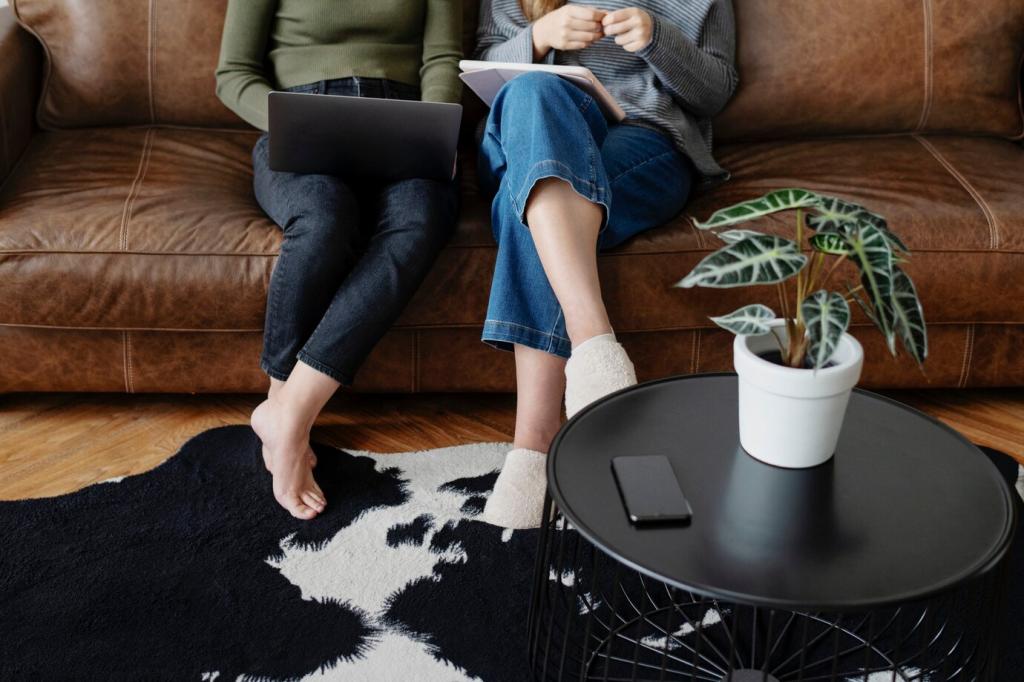
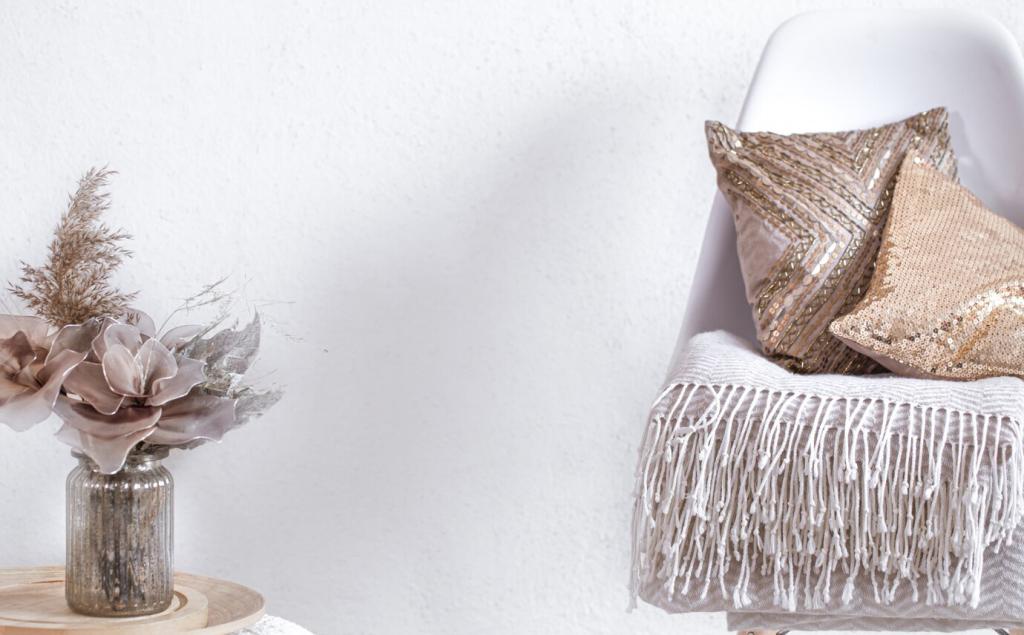
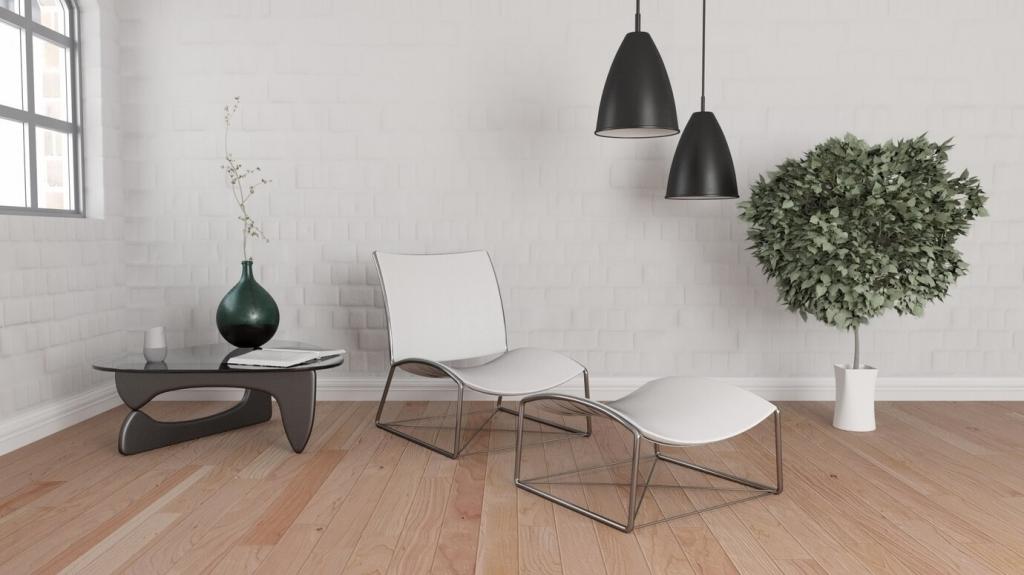
Room-by-Room Minimalist Palettes That Work
01
Living Room: Warm Neutrals, Quiet Depth
Use warm white walls, pale oak shelving, and oatmeal curtains. Introduce a single ink blue cushion and a slate throw. The living room becomes a gentle anchor for conversation, with just enough contrast to feel thoughtful and beautifully edited.
02
Bedroom Sanctuary: Soft Contrast, Softer Light
Choose a greige wall behind the headboard, ivory bedding, and clay-toned pillow shams. Keep art frames charcoal, not black, to reduce hardness. Dimmer, warmer bulbs support wind-down rituals while the palette whispers rest rather than demanding attention.
03
Kitchen and Bath: Clean Lines, Subtle Warmth
Favor matte white cabinetry with warm undertones, pale wood handles, and brushed nickel fixtures. Add a terracotta soap dish or moss towel for cohesion with the home’s accent color. The rooms feel hygienic, inviting, and visually connected to living spaces.
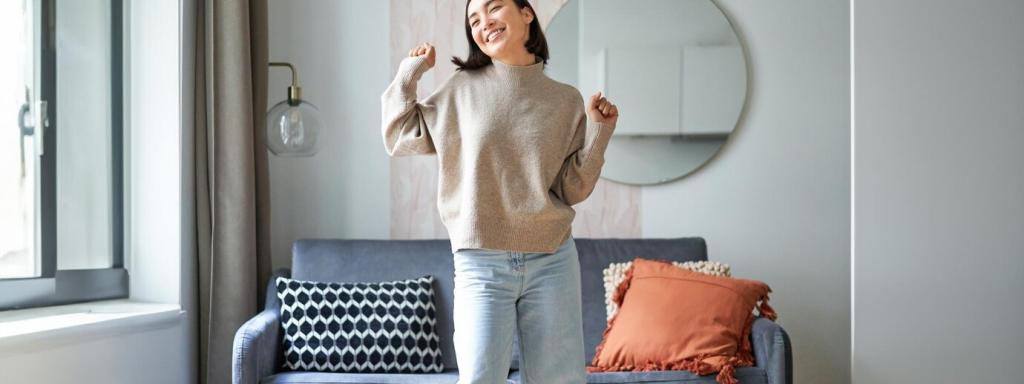
Matte vs. Gloss for Minimalism
Matte finishes reduce glare and visual noise, supporting calm palettes. Reserve satin for wipeable areas like kitchens and baths. A low-sheen wall next to a matte ceramic vase creates depth without resorting to additional colors or heavy pattern.
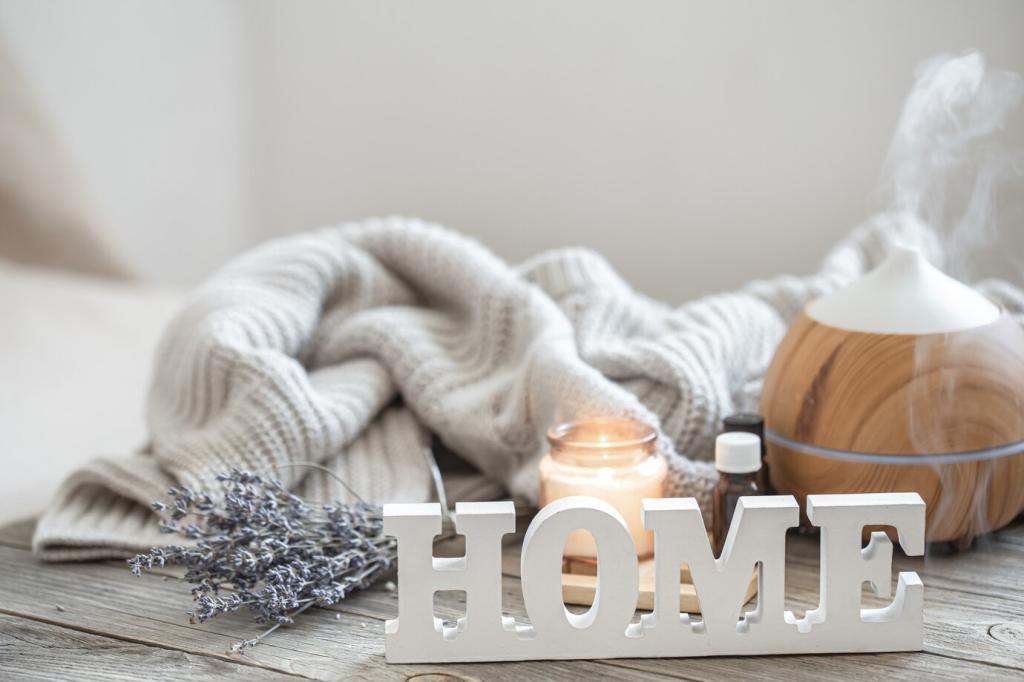
Wood Tones and Metals That Blend
Keep wood species consistent: pale oak or ash pair beautifully with warm whites. For metals, brushed nickel or aged brass complement earthy undertones. Avoid mixing too many finishes; repetition strengthens the palette and makes small spaces feel intentional.
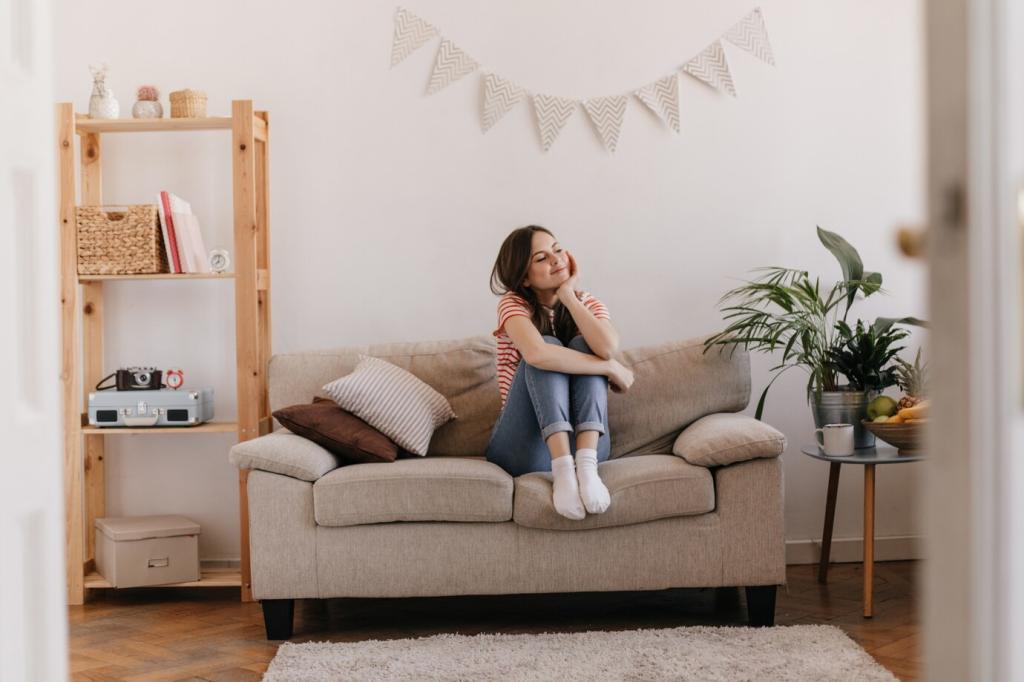
Textiles for Quiet Complexity
Layer linen, wool, and cotton in neighboring shades of your base color to add tactile richness. A nubby throw, smooth curtain, and flat-weave rug create pleasing contrast, letting minimal colors feel nuanced rather than flat or overly simplistic.
Common Mistakes with Minimalist Color Palettes
The All-White Trap
An all-white room without undertone consideration often turns clinical. Introduce creamy warmth in textiles or wood. Even a tiny dose of beige or taupe stabilizes temperature, helping whites look intentional and livable rather than bare and unwelcoming.
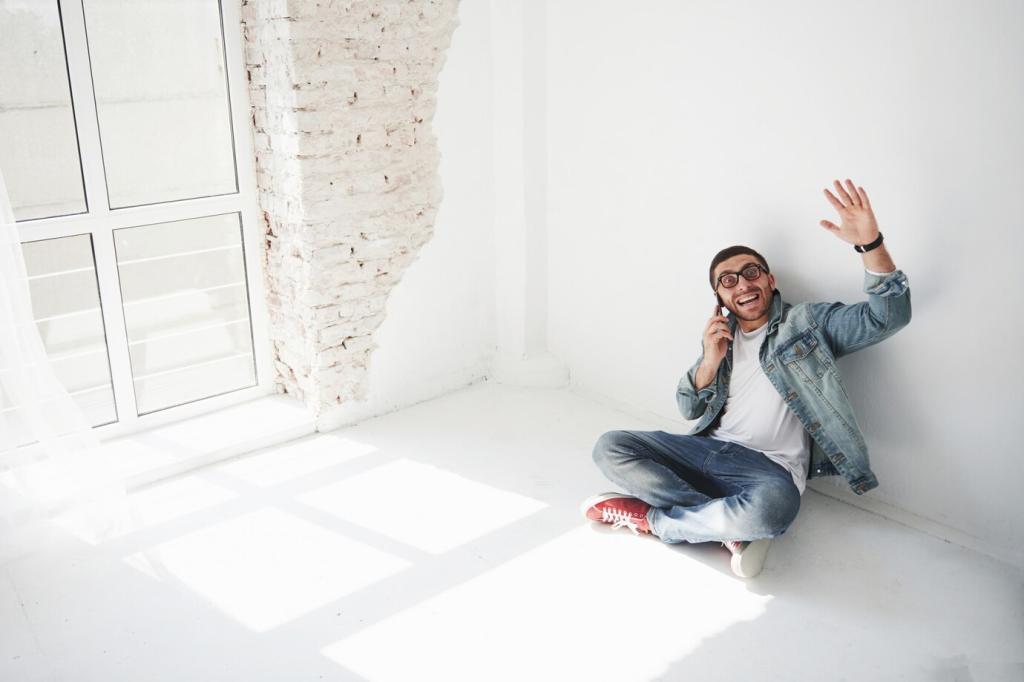
Seasonal Tweaks Without Breaking the Palette
Rotate throws and cushion covers within the same hue family. Summer might lean ivory and flax; winter shifts to oat and mushroom. Your base remains steady, but texture and depth evolve, keeping the space engaging without introducing visual clutter.
